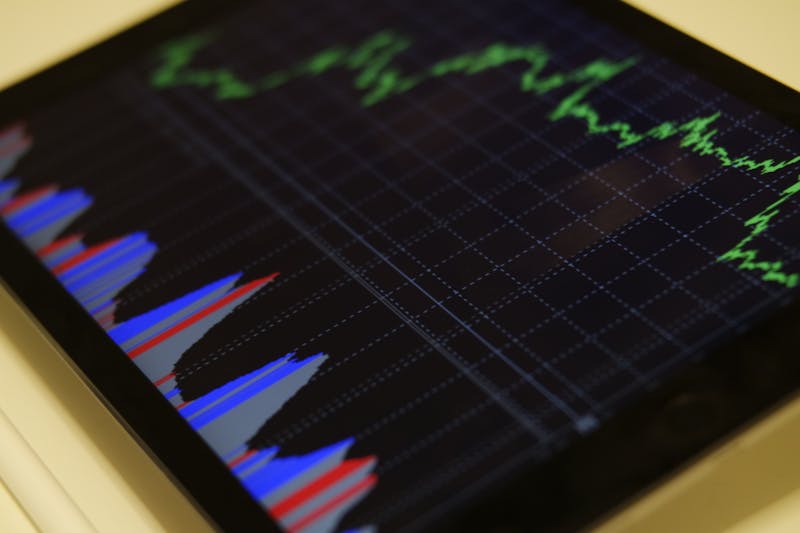Revolutionizing Global Finance: How Forex Trading Robots are Shaping the Future of Automated Trading

You've no doubt heard the buzz around the rise of automated trading through algorithms and bots taking over the financial markets. But what exactly does this mean for the future of global finance? To truly understand the impact, we must first examine where it all began - in the realm of foreign exchange, or forex for short.
The forex market sees over $5 trillion in daily trading volume as large institutional investors and banks move money between currencies. It was one of the first areas where automated strategies took root over a decade ago. Pioneering traders started developing robots, or algorithmic programs, that could analyze real-time exchange rate data and execute trades autonomously based on predetermined rules.
The Early Adopters
In the early 2000s, a small group of quantitative hedge funds and proprietary trading firms began experimenting with these new computer-driven strategies. They found forex to be the ideal proving ground given its 24/5 schedule and deep liquidity. Early adopters saw success in achieving positive returns month after month without human emotions interfering with decision-making.
Slowly but surely, word spread of the profits that could be achieved through removing the "human element." More market participants took the plunge to develop their own robots or license off-the-shelf solutions. Exchanges also rolled out direct market access APIs allowing for seamless connectivity between algorithms and order execution platforms.
Democratization of Automated Trading
By the late 2000s, forex robots had begun spreading to mainstream asset managers, retail banks, and even independent retail traders. Entrepreneurs emerged providing easy-to-use interfaces and strategy backtesting tools, democratizing the ability to automate. Popular sites allowed anyone to profit by investing as little as a few hundred dollars in professional traders' algorithms running on infrastructure in major financial hubs.
The Rise of Social Trading
One category that took off was social trading platforms. Pioneered by companies like eToro and ZuluTrade, these enable users to follow leading traders automatically copying their live portfolios. Successful "gurus" gain large follower-ships and rewards, driving further innovation in forex trading robot development. Features like live chat and sentiment analysis integrated trading decisions with the social experience.
Retail Goes Robo
At the same time as social trading boomed, retail-focused robo-advisors burst onto the scene. Wealthfront, Betterment, and others manage portfolios for average investors through automated asset allocation and rebalancing. Their rapid growth demonstrated mainstream openness to entrusting robots with money management decisions previously requiring human financial advisors.
Bring Your Own Bot
The current era sees greater specialization and customization options. Advancements in cloud hosting and open APIs empowered a do-it-yourself movement. Traders download strategy code off git repositories and deploy their own unique robots on services like Quantopian and Kavout without expensive infrastructure.
Impact on the Forex Landscape
Two decades on and automated strategies have completely transformed the foreign exchange industry. A 2019 survey found over 65% of spot forex volumes originated from algorithmic and high-frequency trading. The presence of computer programs dominating 24/5 trading means liquidity remains deep even during low volume periods like weekends.
However, robots have also introduced new risks and variables to the ecosystem. Flash crashes and volatility spikes can occur when herd-like algorithms all trigger on the same signals. Exchanges have strengthened controls to ensure orderly markets, but managing machine interactions remains an ongoing challenge.
Regulators too must grapple with the emergence of unregulated entities hosting copy-trading or "social signals" on which retail investors base investment decisions. Yet the benefits of speed, efficiency and informational advantages that algorithms provide to market makers and liquidity providers cannot be denied. Overall, they have strengthened the resiliency of the forex market.
Conclusion
As artificial intelligence continues advancing, the next phase will see robots replacing humans entirely in various trading roles. Hedge funds have already replaced portfolio managers with predictive models using machine learning. In the future, AI may autonomously incorporate more alternative data sources and develop entirely new types of strategies incomprehensible to humans.
While such full automation may displace certain finance jobs, it will likely create new types of high-skilled employment managing the robot fleets and constantly improving the algorithms. Those attuned to the changing landscape stand to profit enormously through innovating in this high-growth space. In conclusion, forex trading robots have revolutionized 24/5 liquidity and driven efficiencies taking automated finance from niche to mainstream. Their rise exemplifies how technology systematically transforms global trillion-dollar markets from the ground up.
(Devdiscourse's journalists were not involved in the production of this article. The facts and opinions appearing in the article do not reflect the views of Devdiscourse and Devdiscourse does not claim any responsibility for the same.)










